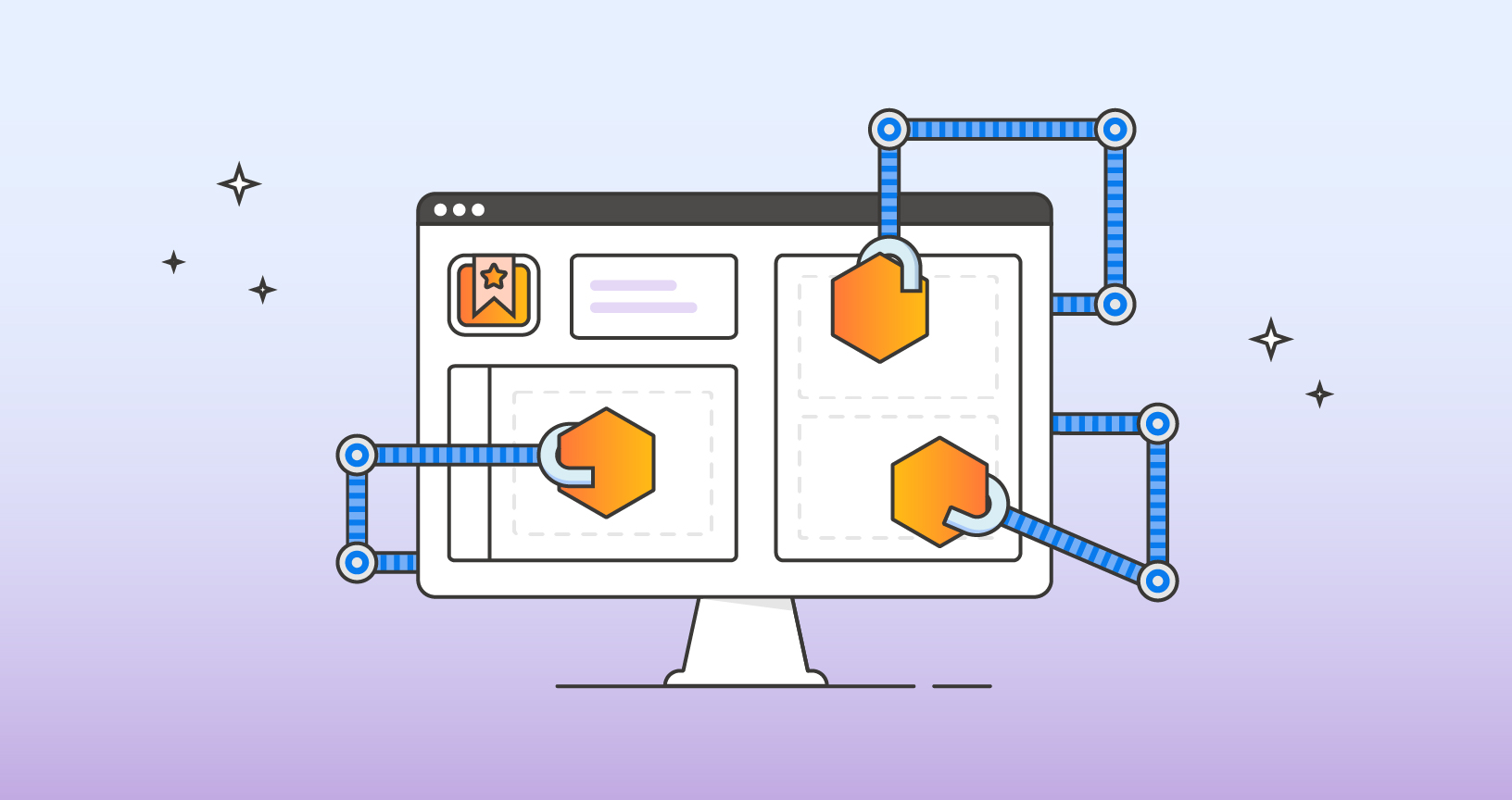Higher-Quality API Infrastructure Behind Apps and Integrations
In an API-first world, your enterprise’s “factory floor” is mapped out and defined as hundreds and thousands of individual API artifacts, defining the microservices and APIs you operate, as well as the APIs for the infrastructure behind them. API artifacts provide machine-readable contracts for internal and external APIs, infrastructure APIs, and also the SaaS and other third-party services and tooling that the enterprise depends on.
These artifacts provide the individual “gears” that power operations, which can be used to automate, test, govern, and make the API factory floor observable. This sets the stage for defining, automating, observing, and adjusting the quality of operations across the enterprise.
5 things to ensure higher-quality API infrastructure
1. A mapped landscape
The landscape of an API-first world is defined through OpenAPI, AsyncAPI, JSON Schema, and collections, providing a machine- and human-readable map of internal and external API resources and capabilities. This represents hundreds or thousands of individual business contracts that exist internally, with partners, customers, and the services the enterprise depends upon to operate.
This map isn’t just for navigation. It can be used to help teams make decisions and prioritize investments. It maps the enterprise API and microservice landscape to help meet expected service-level agreements, and deliver higher levels of quality across operations.
2. Collections as a unit of quality
Over the last seven years, Postman Collections have become the de facto executable unit that represents the API value being exchanged across the enterprise. Collections are modular, human, and machine-readable definitions that describe individual API calls that can be organized by folder. They provide a shareable and executable representation of APIs, which can be embedded on the website and documentation, added to CI/CD pipelines, and make not just APIs more discoverable but business processes as well.
Collections represent every API, microservice, and third-party API in use, complete with authentication, parameters, and scripts. This allows for daisy-chaining and iterating upon APIs that are used in applications, as part of integrations, and across the infrastructure behind operations. Collections return the XML and JSON returned by each API call but also have a test-results layer that renders the results of test scripts applied to test APIs, microservices, and integrations—making it the perfect unit for optimizing quality across the enterprise.
3. Industrial-grade integration
Collections provide agile, flexible, and executable units of API integration that can be used to rapidly build out an API platform, and help expand and automate the API lifecycle that exists across the platform. However, platform integrations provide an industrial-grade catalog of deeper capabilities. First-class API platform integrations provide seamless connectors that expand what is possible while relying on lighter-weight operational collections to extend the reach and fill the gaps where integrations cannot reach. This provides higher-quality, platform-supported, industrial-grade interoperability across core infrastructure, tooling, and services that power the software and API development lifecycles. And it further strengthens the relationships that already exist across the many solutions we already depend on to operate, providing different grades of integrations that can help stabilize and make API operations more reliable.
4. Automation for different needs
Every collection and integration that exists across an API platform represents a granular unit of value that can be automated. The collection defines an individual API and workflows that can be manually run by almost anyone to validate it works and engage with results. Such collections can be woven into CI/CD pipelines or scheduled to run across cloud regions globally.
Automation can be employed to test and ensure quality across individual API implementations or integrations, as well as govern the quality of the APIs, ensuring they have documentation, testing, and other elements that contribute to the quality and reliability of applications and integrations. Every digital resource and capability can be defined, tested, governed, and automated in isolation, or as part of workflows that accomplish common business tasks. This ultimately offers a mix of ways to automate enterprise operations that meet the needs of teams while potentially helping comply with organizational or industry-wide governance.
5. Observability across quality infrastructure
Quality infrastructure requires perpetual monitoring to ensure everything is doing what it should. Integrations enable API observability via existing APM infrastructure, but you can extend that visibility across every collection-defined connection. Every output across the API platform can be “collected” using collection runs, monitored on a schedule, and triggered via CI/CD pipelines, but then also piped into existing APM solutions.
As a community, we’ve expanded our understanding of how to deliver more reliable APIs and microservices and apply it to the infrastructure beneath our operations. This includes the SaaS solutions we depend on for business and any other service or tooling we are plugging into our API platform. Together they help provide a broad overview of our API “factory floor” and drive efficiencies in internal and external collaboration—as well as the opportunity to provide new services.

Thanks 🙏